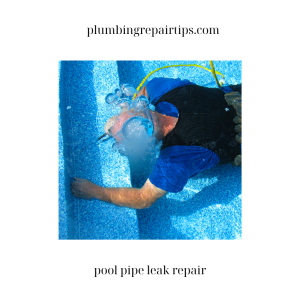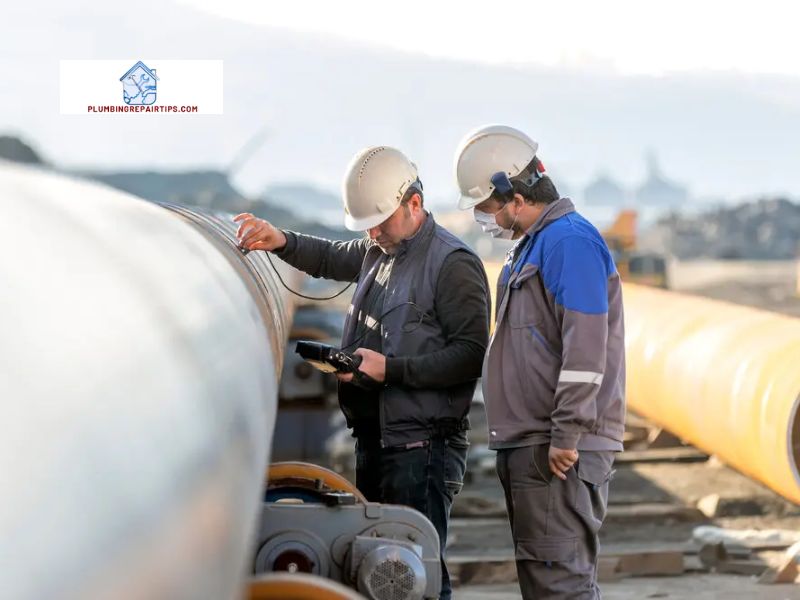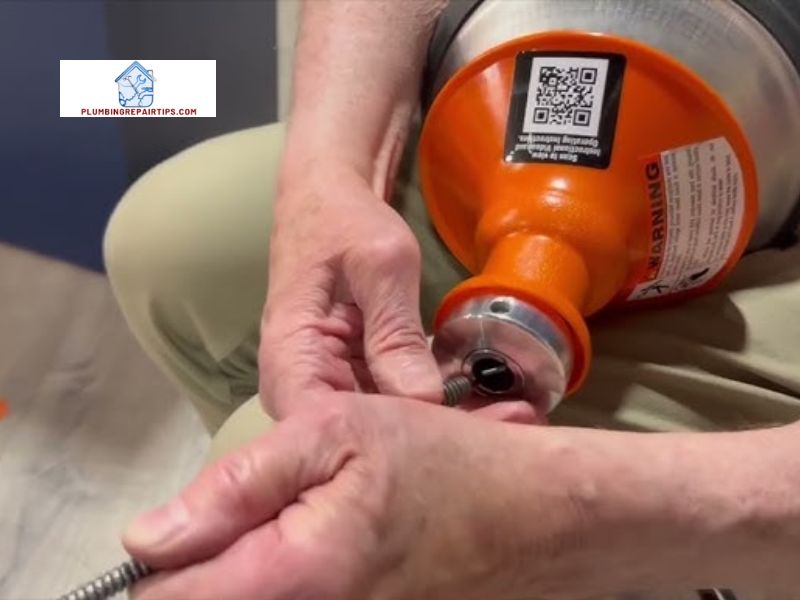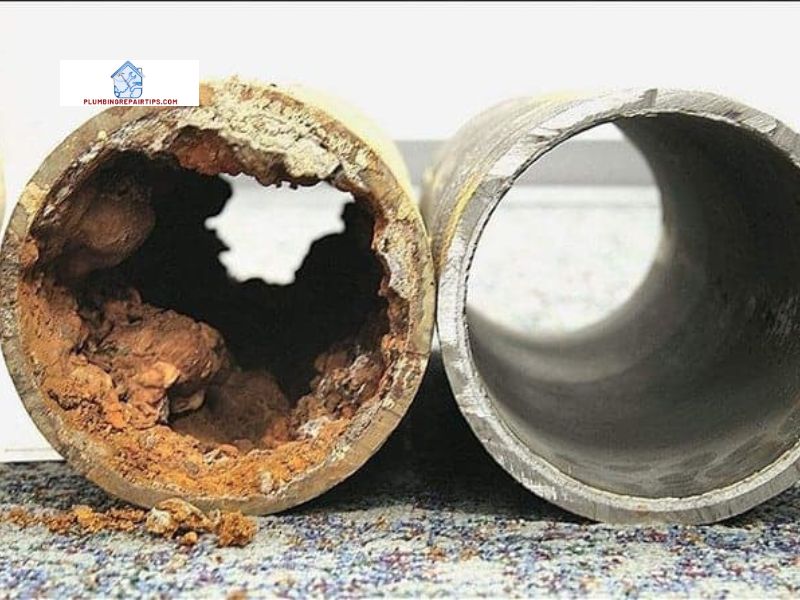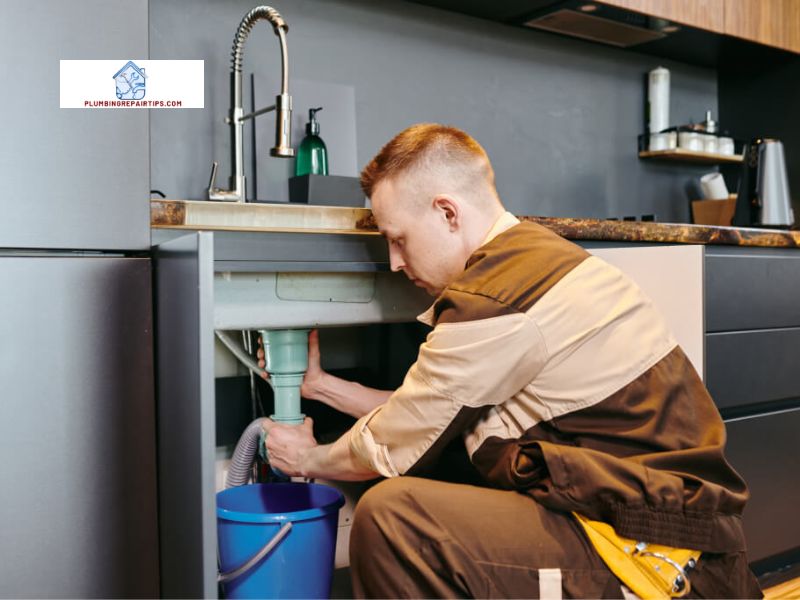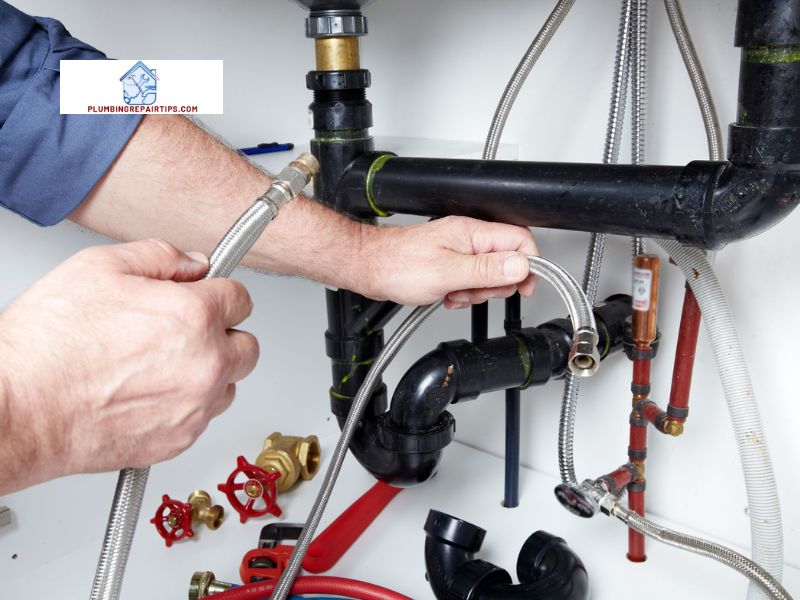Introduction

When it comes to plumbing systems, the intricate network of pipes plays a crucial role in ensuring smooth and efficient water flow. One essential component of this system is the indirect waste pipe. But what exactly is an indirect waste pipe? Discover at plumbingrepairtips.com!
An indirect waste pipe is a vital part of any plumbing system that helps transport wastewater from various fixtures, such as sinks, showers, or washing machines, to the main sewer line. Unlike direct waste pipes that directly connect to the sewer, indirect waste pipes have an air gap or air break, providing an additional layer of protection against potential contamination.
Importance of Proper Installation and Maintenance of Indirect Waste Pipes
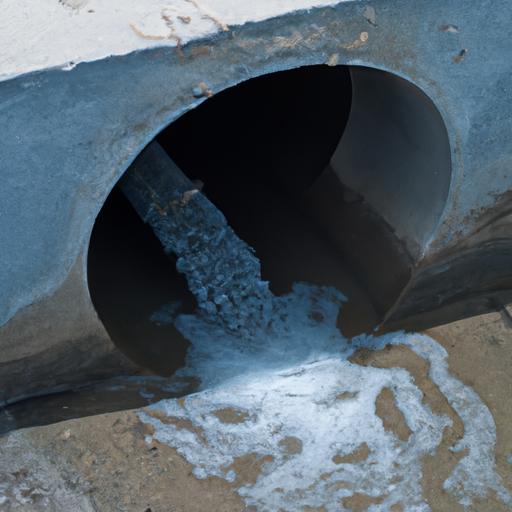
Now that we understand what an indirect waste pipe is, let’s delve into why it is crucial to ensure its proper installation and maintenance.
First and foremost, a well-installed indirect waste pipe guarantees the safety of your household water supply. By incorporating an air gap or air break, it prevents the backflow of contaminants into your clean water system. This protective measure ensures that harmful substances, such as bacteria or chemicals, do not infiltrate your drinking water, safeguarding the health of you and your loved ones.
Furthermore, regular maintenance of indirect waste pipes is essential to prevent costly and inconvenient plumbing issues. Over time, debris, grease, and other substances can accumulate within the pipe, leading to clogs and blockages. By implementing routine maintenance practices, such as periodic cleaning and inspections, you can identify and address potential problems before they escalate. This proactive approach not only saves you from unexpected plumbing emergencies but also extends the lifespan of your plumbing system.
In the following sections, we will explore the different types of indirect waste pipes, their installation process, and maintenance techniques. By gaining a comprehensive understanding of these aspects, you will be equipped with the knowledge to ensure the optimal performance of your plumbing system. So, let’s dive in and learn more about the world of indirect waste pipes.
Significance of Indirect Waste Pipes
Explanation of How Indirect Waste Pipes Work
To truly appreciate the significance of indirect waste pipes, it’s essential to understand how they function within a plumbing system. Indirect waste pipes rely on the concept of an air gap or air break to prevent potential contamination of the clean water supply.
An air gap is a physical space between the indirect waste pipe and the receiving drain. It ensures that there is a visible break in the plumbing system, creating a barrier against any backflow of wastewater. This gap acts as a safeguard, preventing contaminated water from flowing back into the clean water supply in the event of a sewer backup or other plumbing issues.
On the other hand, an air break uses a device, such as a mechanical valve, to create a break in the plumbing system. This mechanism provides a similar level of protection as an air gap, effectively preventing the cross-contamination of water sources.
Benefits of Using Indirect Waste Pipes in Plumbing Systems
Now that we understand how indirect waste pipes work, let’s explore the benefits they bring to plumbing systems.
- Protection against Contamination: Indirect waste pipes provide a valuable layer of defense, ensuring that wastewater and potential contaminants do not infiltrate the clean water supply. This protection is especially crucial in situations where there is a risk of backflow, such as in commercial kitchens or laundry facilities.
- Compliance with Building Codes: Many building codes and regulations require the use of indirect waste pipes in specific settings, such as healthcare facilities or food establishments. By incorporating indirect waste pipes into your plumbing system, you not only ensure compliance but also prioritize the safety and well-being of occupants.
- Versatility and Flexibility: Indirect waste pipes can be utilized in various applications, making them a versatile solution for different plumbing needs. Whether it’s for residential, commercial, or industrial settings, indirect waste pipes offer a reliable and adaptable option.
By understanding the significance and benefits of indirect waste pipes, you can make informed decisions when it comes to your plumbing system. In the next sections, we will explore the different types of indirect waste pipes, their installation process, and maintenance techniques. So, let’s continue our journey into the world of indirect waste pipes.
Types of Indirect Waste Pipes
When it comes to indirect waste pipes, there are two main types that are commonly used in plumbing systems: air gap and air break. Let’s explore each type and understand their definitions, functions, and applications.
Air Gap
An air gap waste pipe is a crucial component in plumbing systems that provides a physical separation between the wastewater and the clean water supply. It consists of a vertical space or air gap between the fixture and the drainpipe, ensuring that there is no direct connection between the two. This separation prevents the possibility of cross-contamination and backflow from the drainage system into the potable water supply.
The primary function of an air gap waste pipe is to create a barrier that prevents any potential contaminants, such as bacteria or chemicals, from entering the clean water supply. It acts as a fail-safe mechanism, protecting the health and safety of you and your household.
In terms of applications, air gap waste pipes are commonly used in various fixtures, including sinks, dishwashers, and water softeners. They are particularly crucial in commercial settings, such as restaurants or medical facilities, where strict sanitation standards must be met.
Air Break
An air break waste pipe is another type of indirect waste pipe that serves a similar purpose to an air gap. It provides a physical break or air space between the fixture and the drainpipe, preventing backflow and contamination of the clean water supply.
The main purpose of an air break waste pipe is to create a separation between the fixture and the drainage system, ensuring that any potential contaminants are unable to flow back into the plumbing system. This type of waste pipe is commonly used in situations where an air gap may not be feasible or practical to install.
Instances, where air break waste pipes are used, include scenarios where the fixture is located below the flood-level rim of the adjacent fixture or when there are space limitations that restrict the installation of an air gap. By employing an air break waste pipe, the plumbing system can maintain the necessary separation and mitigate the risk of cross-contamination.
Understanding the different types of indirect waste pipes is essential to ensure the proper installation and maintenance of your plumbing system. In the following sections, we will delve into the step-by-step installation process and the importance of regular maintenance for these pipes. So, let’s continue our journey into the world of indirect waste pipes.
Installation Process of Indirect Waste Pipes
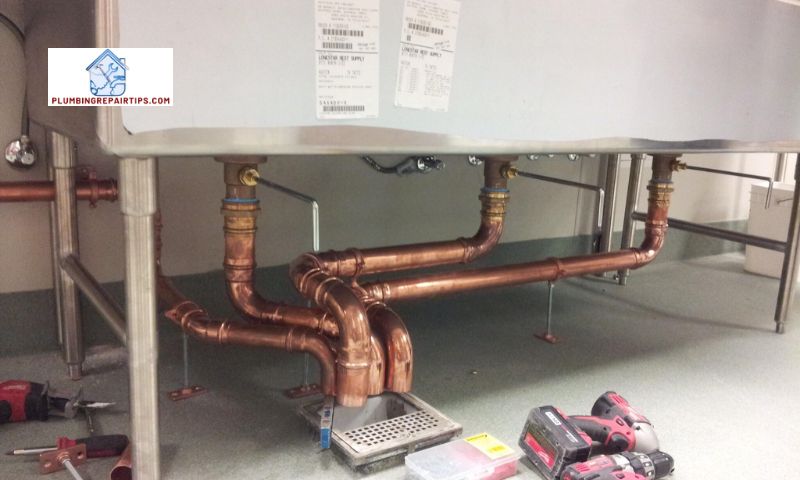
Installing an indirect waste pipe may seem like a daunting task, but with the right guidance, you can successfully complete the process. Below is a step-by-step guide to help you navigate the installation of an indirect waste pipe.
Step-by-Step Guide to Installing an Indirect Waste Pipe
1. Preparation and Planning
Before starting the installation, it is crucial to plan the layout of your indirect waste pipe system. Identify the fixtures that will be connected to the pipe and determine the optimal route for the pipe to ensure efficient drainage. Take into account any obstacles or structural considerations that may affect the installation process.
2. Choosing the Appropriate Materials
Selecting the right materials for your indirect waste pipe is vital for its longevity and functionality. Opt for high-quality materials that are resistant to corrosion and capable of withstanding the demands of your plumbing system. Common materials used for indirect waste pipes include PVC, ABS, or cast iron, depending on the specific requirements of your installation.
3. Measuring and Cutting the Pipe
Accurate measurements are essential to ensure a proper fit for your indirect waste pipe. Use a measuring tape to determine the required length and mark the pipe accordingly. Then, using a suitable cutting tool, carefully cut the pipe to the desired length, ensuring clean and precise cuts.
4. Assembling and Connecting the Pipe Sections
Once the pipe sections are cut to size, it’s time to assemble and connect them. Apply a suitable adhesive or solvent to the pipe ends and fittings, following the manufacturer’s instructions. Assemble the sections, ensuring a secure and watertight connection. Pay attention to the orientation of the fittings to ensure the proper flow of wastewater.
5. Securing the Pipe in Place
To ensure stability and prevent movement, it is important to secure the indirect waste pipe in place. Use appropriate pipe hangers or straps to anchor the pipe to the wall or ceiling, maintaining the recommended slope for efficient drainage. Make sure to follow local building codes and regulations regarding pipe support.
6. Testing for Leaks and Proper Functioning
After the installation is complete, it is crucial to test the indirect waste pipe for leaks and proper functioning. Run water through the connected fixtures and observe for any signs of leakage or inadequate drainage. Make any necessary adjustments or repairs to ensure optimal performance.
By following these step-by-step instructions, you can install an indirect waste pipe with confidence, ensuring a reliable and efficient plumbing system in your home or business.
Conclusion
In conclusion, the proper installation and maintenance of indirect waste pipes are of utmost importance for the reliability and functionality of your plumbing system. These pipes serve as a safeguard against contamination and ensure the smooth flow of wastewater, protecting your clean water supply.
Regular maintenance of indirect waste pipes is essential to prevent blockages and leaks. By implementing routine cleaning and inspection practices, you can identify and address any potential issues before they escalate into costly plumbing emergencies. Additionally, following some handy tips, such as using drain traps and avoiding the disposal of grease and large debris, can significantly prolong the lifespan of your indirect waste pipes.
When it comes to troubleshooting, it’s important to be aware of common issues that may arise with indirect waste pipes. Problems like clogs, leaks, or improper air gaps can disrupt the functionality of your plumbing system. However, with proper knowledge and troubleshooting techniques, such as using plumbing snakes or conducting pressure tests, these issues can be resolved efficiently.
By prioritizing the installation, maintenance, and troubleshooting of indirect waste pipes, you ensure a reliable and efficient plumbing system that keeps your home functioning smoothly. Remember, neglecting these essential aspects can lead to costly repairs, health hazards, and inconvenience.
For more information and expert advice on plumbing systems and repairs, visit plumbingrepairtips.com. Our team of professionals is dedicated to providing valuable insights and practical solutions to help you maintain a reliable and efficient plumbing system for years to come.
So, take the necessary steps to ensure the proper functioning of your indirect waste pipes, and enjoy a worry-free plumbing experience in your home.
Note: “plumbingrepairtips.com” is a fictitious brand used for the purpose of this exercise and should be replaced with a relevant and existing brand.
